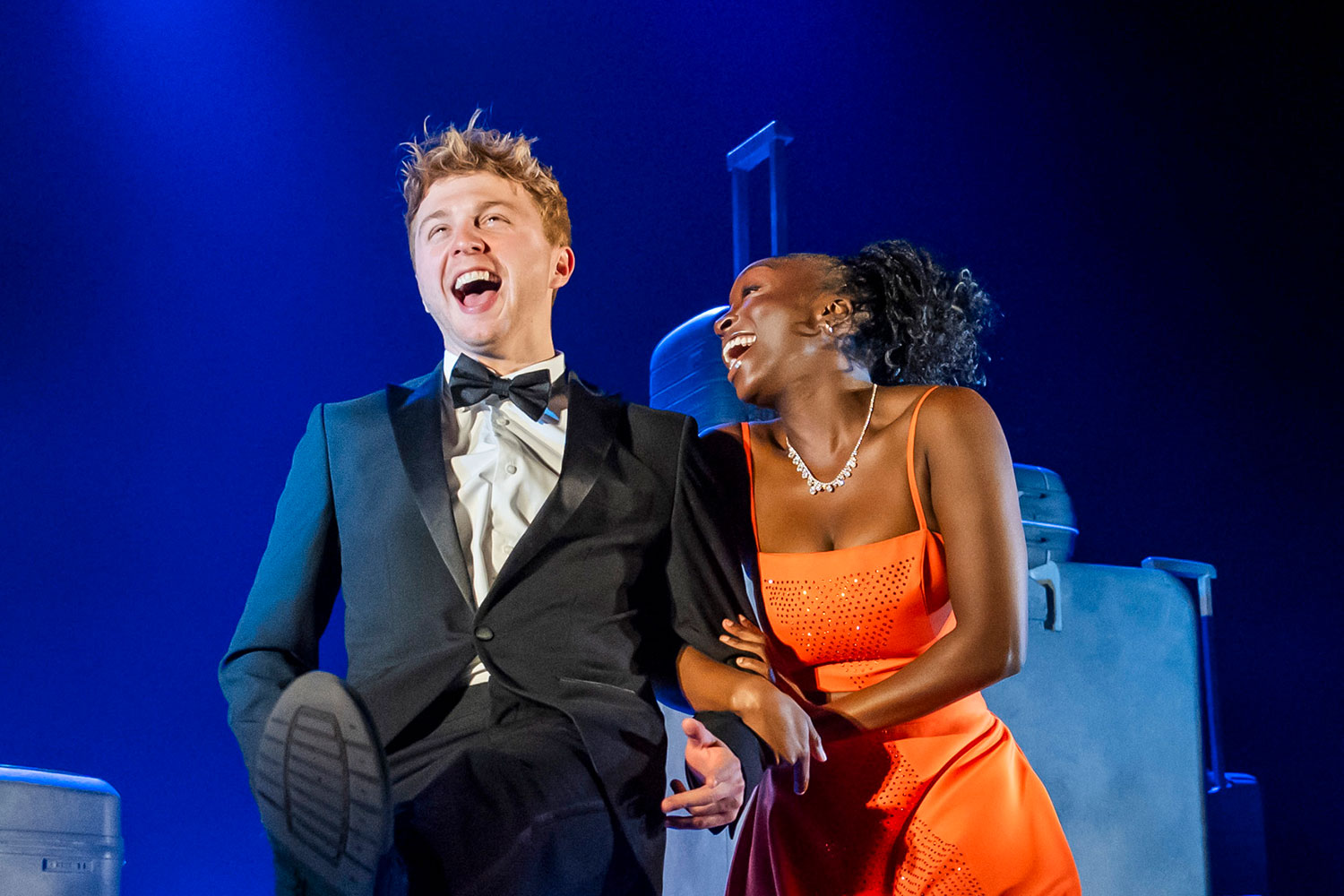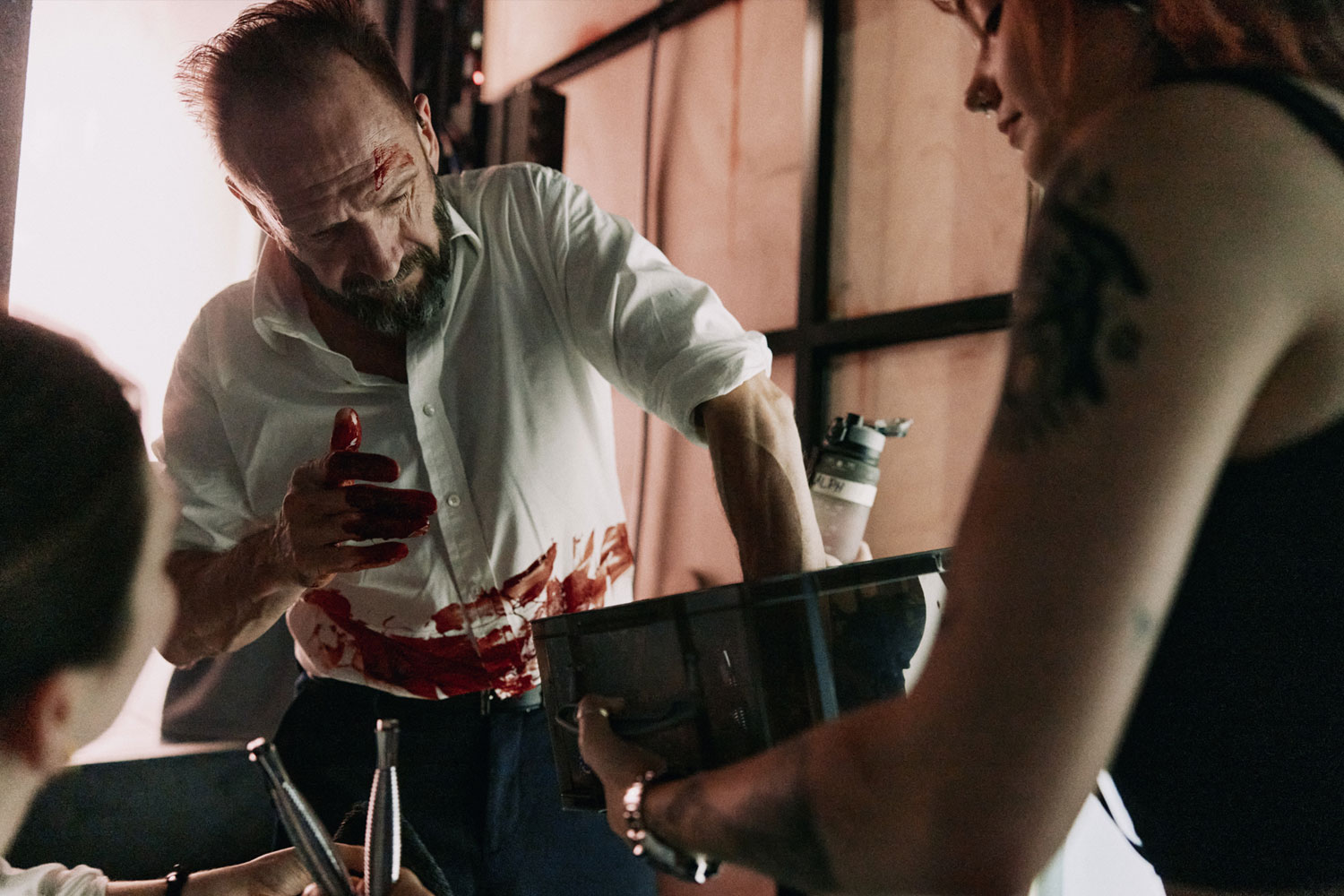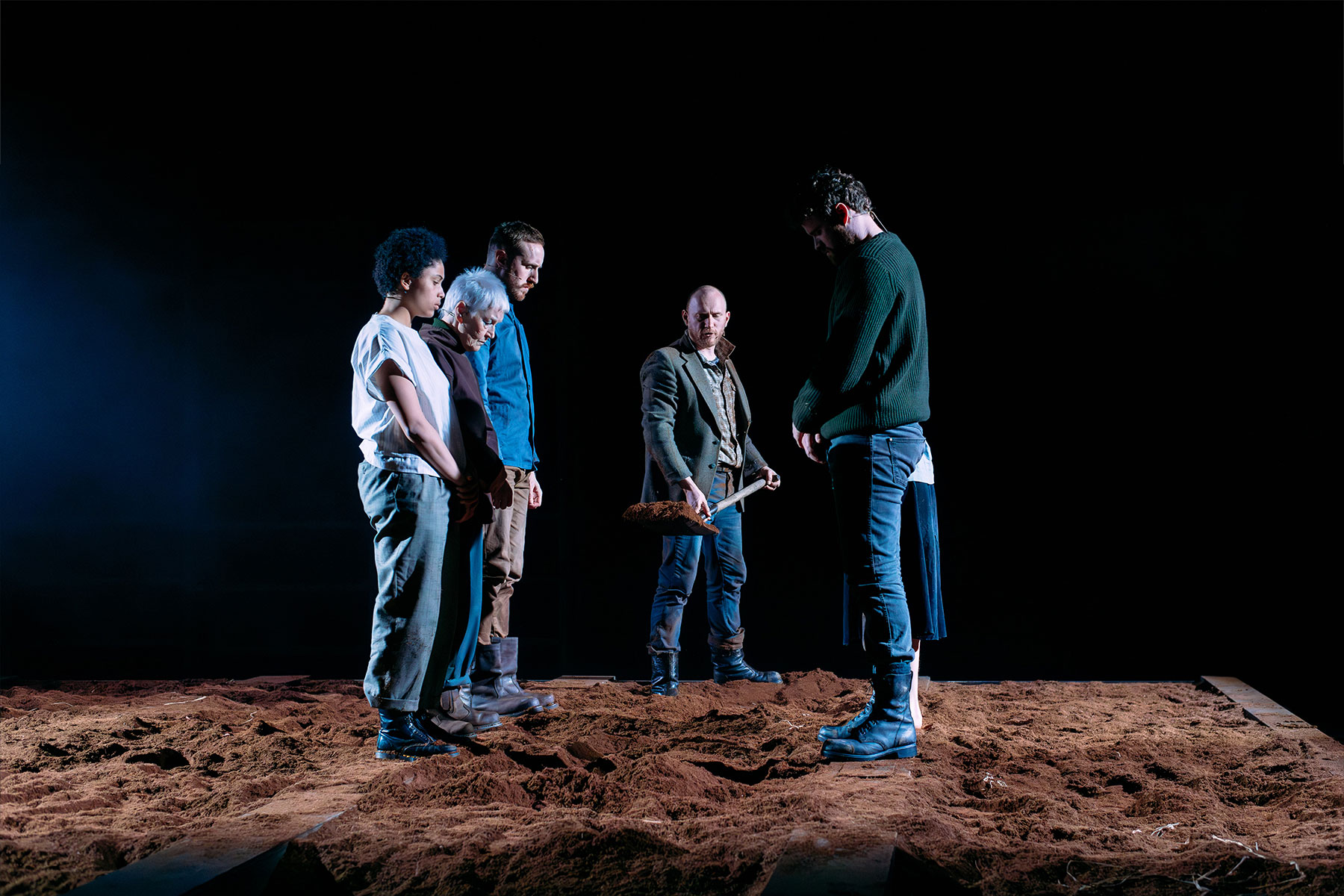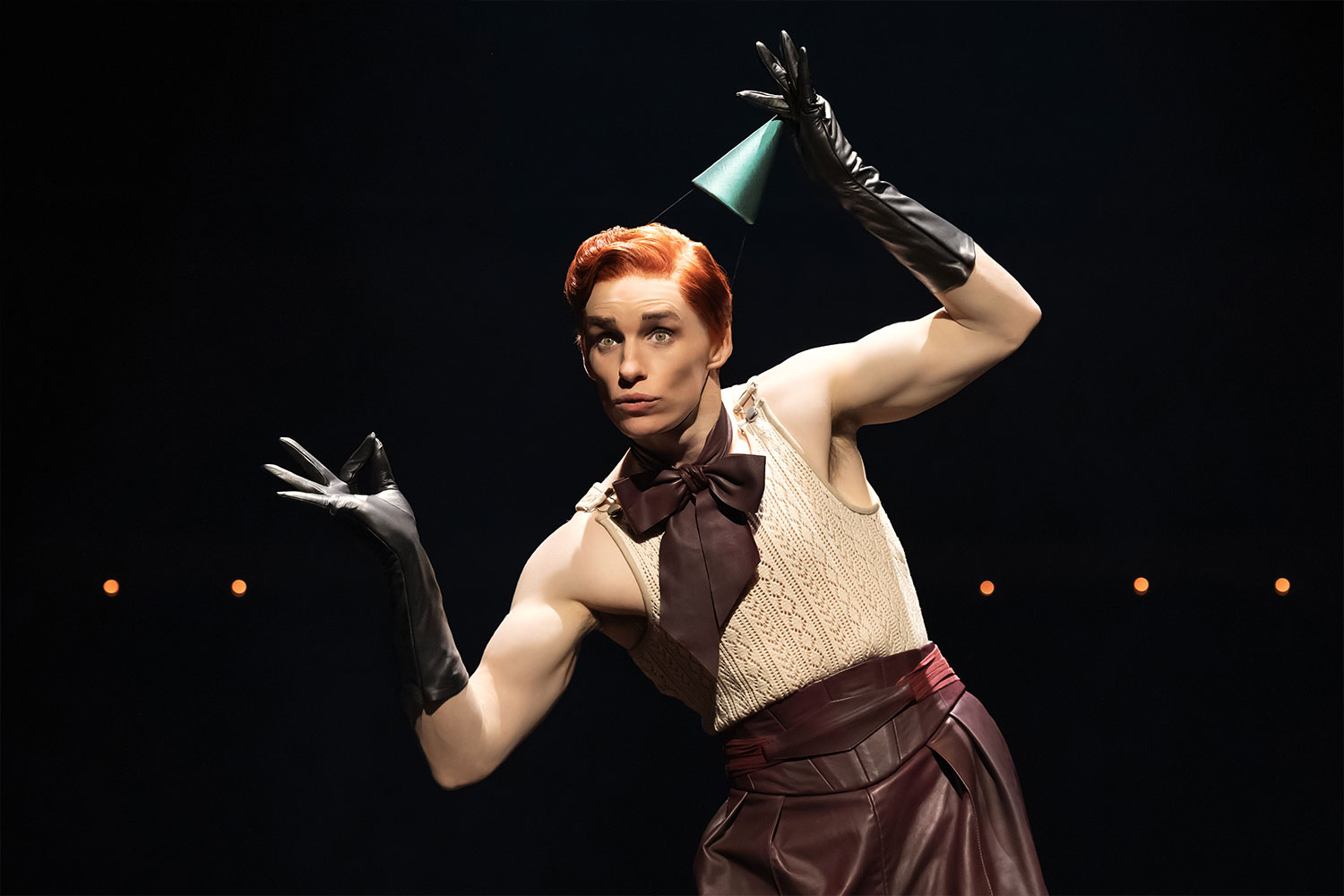Jo Caird: When Theatre Puts on its Dancing Shoes
Philip Ridley’s new play, Tender Napalm, is exhilarating to watch. This is partly to do with the emotional ride it takes you on, tracing the lineaments of a love story book-ended by tragedy. But it’s also to do with the kinetic energy fizzing around as Jack Gordon, who plays the unnamed male character, runs, jumps, rides, fights, slides and shouts his way around the stage.
After some plays, you’re ready to go home, put the kettle on, chat a bit about it and go to bed, but not this one – you’re too hyped for that. Which is why the show’s producers have made a deal with the management of Cable nightclub that allows holders of tickets to special late-night performances on Friday and Saturdays entry into the club for free. The purported aim is to ‘subvert the traditional notion of dinner and a show’, and while this has a nice ring to it, the theatre/clubbing partnership is actually about much more than clever marketing, tapping into the origins of performance as primal, ritualistic, tribal happening.
I’m no anthropologist, so I’ll leave my theorising there, but even if I can’t fully express the links between ancient ritual, theatre and modern rave culture, I can attest to the potential of high-energy, interactive performance when it comes to reaching new audiences and showing them what theatre can be.
One night, at the age of 16, I found myself at The Drome, a sprawling nightclub in London Bridge’s arches, just around the corner from where Cable is now. It was 1999 and the party was called The Warp, named after the epic 22-hour play cycle at its centre, a revival of Ken Campbell’s original production at the ICA in 1979. Writing about the show in his excellent biography of Campbell, Michael Coveney notes that the director’s “priority throughout was to create theatre, a show, with laughter, whereas (Neil) Oram (writer of The Warp) stated that he wanted to create ‘a shamanistic event capable of producing a magic carpet on which light-hearted souls could fly into a nourishing, ambient, alive question…and therein discover how to develop their true potential’”.
I only watched a few scenes of The Warp that night, in between bouts of frenzied dancing to psychedelic trance, but the experience stayed with me. Looking back, both Campbell and Oram achieved their intentions: the performance in the midst of the madness of the never-ending party created a scenario at once theatrical and shamanistic.
Around the same time I saw the Argentine circus and theatre troupe De La Guarda perform at the Roundhouse. Their show was a remarkable combination of breathtaking aerial acrobatics, high-energy dance and inventive physical theatre. It took place above, around and among the audience, who danced and screamed like they were at the best party of their lives. It was the most thrilling piece of performance I’d ever seen.
Growing up with both parents working in theatre, I was fortunate in being exposed to a great deal of the stuff from a young age. The Warp and De La Guarda, however, were theatre experiences that I discovered for myself and were very different from the types of show introduced to me by my parents. High-octane, boundary-blurring performance that takes place in non-traditional spaces is not necessarily more exciting or enjoyable to watch than two-act naturalist dramas performed under proscenium arches, but it is often more accessible to those who perhaps feel that straight theatre isn’t for them.
Tender Napalm, it should be noted, is a straight play, and not everyone who attends those special late-night performances will go dancing afterwards, but by making explicit the link between the energy of theatre and that of clubbing, the show arguably bridges the gap between traditional and non-traditional performance, and stands a chance of tempting young people into an art form that perhaps is not as alien as they might have thought.










